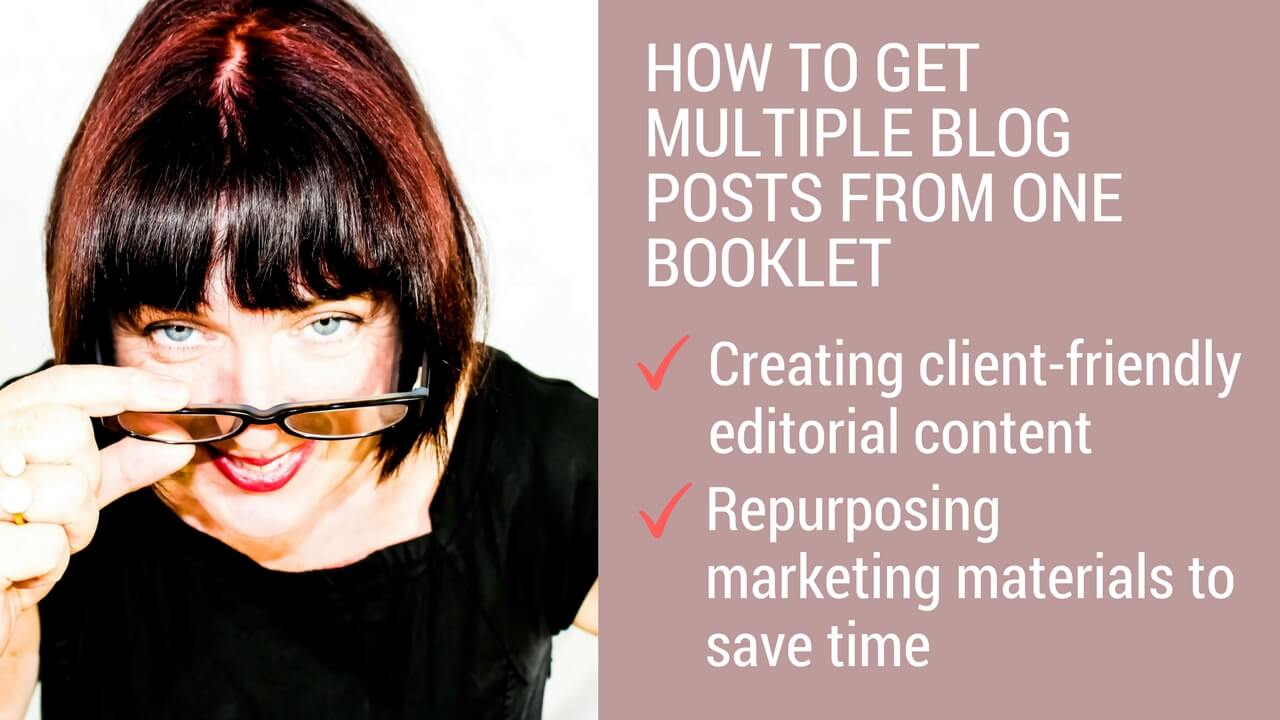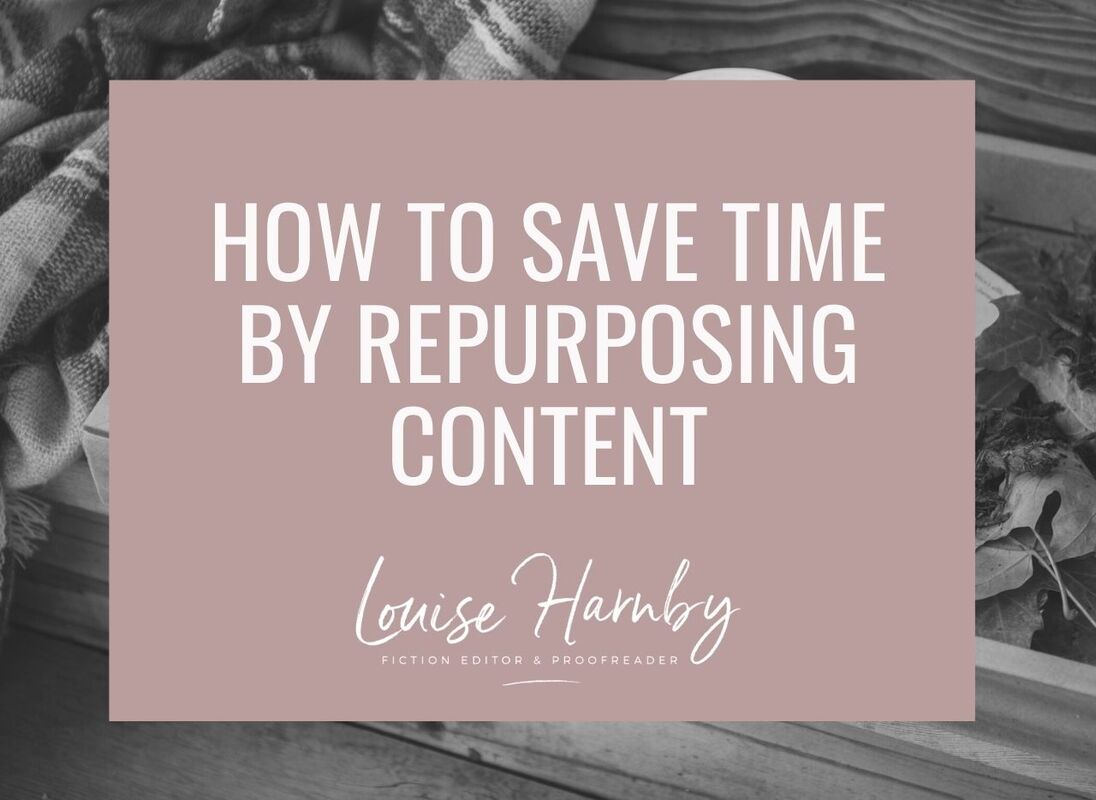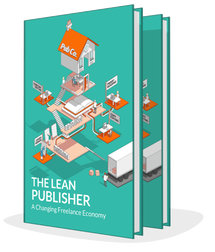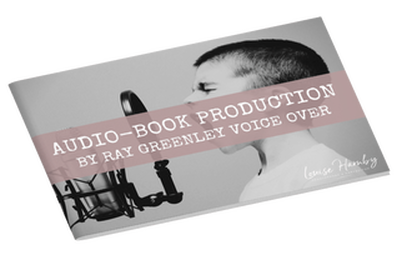|
This post explores how editors and proofreaders can save time with content marketing by repurposing and recycling existing blogs, booklets or other resources.
Why marketing is sometimes a struggle
Here are two reasons why a lot of proofreaders and editors struggle with marketing:
Here’s an option that will solve both problems. I’m talking about something I bet all of you do rather well, and how you can get some efficiencies from it that will stretch your marketing budget (no Lycra required!). What do you do really, really well? I’ve not yet met one of my peers who couldn’t have a decent conversation with me about editing and proofreading – whether it be a technical or stylistic issue, or a business-development matter. You're all great at it. And if you can talk about it, you can write about it. And if you can write about it, you can offer that information to colleagues and potential clients. And that’s marketing. So, for those of you sitting in the too-difficult camp, you’ve no excuse! And here’s a tip – solving problems is always good fodder for marketing. If you’ve read Marketing Your Editing & Proofreading Business, you’ll recall my discussion of Kevin Daum’s Differentiation–Empathy–Solution framework. The empathy part of the framework is where you identify the problems. The solution part of the framework is … well, it’s pretty obvious! If you’ve read How to do Content Marketing, you’ll recall that I bang on non-stop about solving clients’ problems. So write about all the problems you’ve ever been asked to solve and you’ll not go far wrong in terms of engaging with the audience who asked the questions in the first place. Now we’ve got that out of the way, let’s look at one way you can save yourself time in the long run … Recycling This year I landed a free ticket for the Summit on Content Marketing via content marketing masters Andrew and Pete. One hundred speakers in twelve days. No, I didn’t listen to all of the webinars. And I was up until 1 a.m. frequently, just to catch what I could. But it was worth it because one of the sessions was by Gordon Graham, aka That White Paper Guy. In ‘One White Paper, Five Ways: Stretch Your Content Marketing Budget by Repurposing’, Graham demonstrated how after creating one large, in-depth piece of writing (which can be used as a marketing tool in its own right) you can create additional promo pieces from it by slicing and dicing. More on that later. Now, Graham specializes in the white paper – ‘A persuasive essay that uses facts and logic to promote a better way to solve a business problem’ – but we editorial pros can take the basic principles and use them to create our own problem-solving materials too. Let’s put aside the term white paper and think in terms of booklets instead – ebooklets specifically, since we can post them on a blog and pages of a website, send them out to our mailing list or blog subscribers, email them to colleagues or clients who are looking for answers contained in that booklet, link to them in our social media posts, upload them to our membership forums, and so on. What makes a great booklet? Graham has some wonderful advice on how to approach a white paper, but I think these points are well worth bearing in mind for booklets too. I’m paraphrasing here but it boils down to this:
We’re editors and proofreaders. That’s mostly nuts-and-bolts stuff that editors are paid to look out for, so I’m confident every one of us can do this. Upside-down thinking In the past, I’ve tended to think of my writing upside down. I might create several blog articles and then wonder whether, because they’re related (say, by topic), I can merge them into something more substantive. My first two books emerged, in part, from that mode of thinking. There’s absolutely nothing wrong with that approach. However, it’s not always the most efficient way of doing things; I tend to limit myself in terms of word count and perhaps omit information that I’d like to explore in more depth but choose not to because I don’t want to overload the reader. And then, when I want to create something more substantive, I have to go back and rewrite large chunks of material to ensure the detail’s there. By switching things round and creating the big piece first, I don’t limit myself or my ideas. I can put everything into the booklet, and then decide how best to slice and dice later. Examples of white papers and booklets Here are five examples of in-depth pieces – three from the publishing industry, and two from my own stable:
The slice and dice – a case study
To show you how the process works, and why I think it’s effective, I’m using How to write great sex scenes as a case study, because it’s something that’s on the go at the moment and the process is fresh in my mind. Why am I writing it? Because I’m asked about it A LOT, and it’s something that many beginner authors struggle with. That means it solves a problem. And when we solve problems we’re more likely to be trusted. There are tens of thousands of people in the world offering editing and proofreading services. For the beginner author, with no prior experience of self-publishing, trying to find help can be terrifying. Is X trustworthy? Does Y know what she’s doing? Is Z worth the money he’s asking? When we show we’re engaged with our clients’ problems, we begin to earn their trust, and they’re more likely to ask us to quote. So I’m not only helping my clients, but also helping my business. What do I get out of it? I’m learning. This is the realm of writer coaching and developmental editing. That I’m neither of those things is neither here nor there. The fact is that lots of my clients choose not to hire developmental editors or writing coaches before they come to me. So if I learn, at least I can articulate what their problems are, how they might solve them in their future writing projects, and direct them to expert guidance that I’ve discovered on my own journey. Why don’t I just refer them to existing articles? Because there’s tons of the stuff. And that doesn’t help a beginner author who’s in the very early stages of developing their novel-craft and navigating the self-publishing process. Like all of you, I pride myself on being helpful and solving authors’ problems rather than creating more for them! Besides, I want that content on my website. I want my authors to see that I’m engaged with their problems rather than just sending them to someone else – someone they’ll think is more helpful than me. How am I handling the research? I’m reading a lot (research like a think tank). The advice is always wise, and sometimes hilarious, so it’s a joy to do. And this way I get to summarize the advice of expert writing coaches who know how to write about sex well, and the resources they’ve created. There are entire books about this stuff, you know! And I’ll cite like a scholar. Well, perhaps I won’t be using the full author–date system (I do, after all, want to write more like a journalist and communicate like a human being) but all my sources will be attributed fully in a reference section at the end. What about the format? It’ll be a PDF, but I’ll create a hardcopy-style booklet image for marketing purposes – a bit like this one for the audio-book primer.
I like a landscape format for my booklets because they work well on tablets and laptop screens. But, really, it’s a personal choice.
I’ll create the cover image in Canva (using the principles outlined in an excellent and free Canva Copy Special video and template by Andrew and Pete) using my brand colours and fonts. Then I’ll use that to create a 3D booklet picture with BoxShot 3D (there’s a newer version but I prefer the older one; you can still access it though it’s not supported technically). How long will it be and how long will it take to write? I reckon about 10,000 words max. in total – maybe 9 or 10 sections covering different aspects of the problem. I don’t know how long it will take, to be honest. I tend to write my blog posts and booklets in front of the TV. That way, I’m relaxed and don’t feel like it’s cutting into my spare time. Reading time is something I don’t have trouble fitting into my life – it’s just something that happens, and it’s a pleasure, even when I’m learning. My approach to my marketing and writing is: it takes as long as it takes. It’ll be ready when it’s ready. It might take a week, or a month, or more. It depends what else is going on. My only rule is that I make sure I’m ahead of myself by a couple of months so that I can market my business regularly and consistently with my writing. The thing is, once it’s done, I get to kick back and break out the chopping board! The slice-and-dice-stage Once I have the booklet written and the image produced, I can use it as it is – a substantive, useful and compelling resource that will help current and future clients. But I can also chop it up. If I have 10 different sections, and each one’s around 1,000 words, I can easily create a series of 10 blog posts, each with its own core theme. That’s a lot of useful content to offer potential clients, and I can stagger the publication in whatever way suits me best. Does that detract from the value of the booklet? I don’t think so. It’s about visibility and choice. Regarding visibility, different people find answers to problems in different ways. So they might see my tweet about this booklet and think, ‘That’s useful. I’ll download that.’ But they might also place a longer question into Google, such as ‘How long should a sex scene be in a novel?’ My booklet’s unlikely to show up because its title doesn’t answer that question. But a blog post that looks specifically at that question might well end up in the results. It’s certainly far more likely to than the booklet title alone. As for choice, the thing to remember is that not everyone can be bothered to root around on a blog for Parts 1 to whatever. Blog posts work really well when everything’s in one place, but once you start asking people to jump here, there and everywhere there’s a risk they’ll switch off. What I like to do is slice up the content into several posts but give the reader the option of downloading the full booklet at every stage. Graham also suggests using some of the sliced-off articles as guest posts. This is a great idea because, again, you’re putting your resource in front of a new audience that might otherwise not have seen it. Repurpose and relax Any editor or proofreader can stretch their marketing budget using this recycling method. When we create an in-depth, research-based resource, we help our clients and we teach ourselves. That’s a win–win all round. As long as it’s dripping with value, you should feel free to carve it up in whatever way suits you. Your clients aren’t homogeneous when it comes to finding solutions to their problems, which means you don’t have to be homogeneous when it comes to delivering them. When you slice and dice, and deliver according to your audience’s preferences, you increase engagement, build trust and expand the life cycle of the story you’re telling. What’s not to like? – that’s how I rounded up the discussion of how publishers can stretch their marketing budgets on BookMachine’s blog. I think it stands just the same for the freelance editorial pro. Go on! Write yourself a booklet! Also mentioned
Louise Harnby is a line editor, copyeditor and proofreader who specializes in working with crime, mystery, suspense and thriller writers.
She is an Advanced Professional Member of the Chartered Institute of Editing and Proofreading (CIEP), a member of ACES, a Partner Member of The Alliance of Independent Authors (ALLi), and co-hosts The Editing Podcast. Visit her business website at Louise Harnby | Fiction Editor & Proofreader, say hello on Twitter at @LouiseHarnby, connect via Facebook and LinkedIn, and check out her books and courses.
0 Comments
Leave a Reply. |
BLOG ALERTSIf you'd like me to email you when a new blog post is available, sign up for blog alerts!
TESTIMONIALSDare Rogers'Louise uses her expertise to hone a story until it's razor sharp, while still allowing the author’s voice to remain dominant.'Jeff Carson'I wholeheartedly recommend her services ... Just don’t hire her when I need her.'J B Turner'Sincere thanks for a beautiful and elegant piece of work. First class.'Ayshe Gemedzhy'What makes her stand out and shine is her ability to immerse herself in your story.'Salt Publishing'A million thanks – your mark-up is perfect, as always.'CATEGORIES
All
ARCHIVES
July 2024
|
|
|
|



















 RSS Feed
RSS Feed





